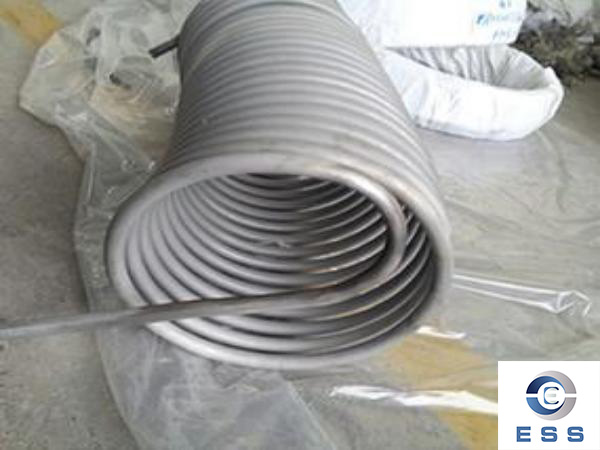Definition and types of heat exchange tubes

Heat exchange tubes are important equipment widely used in industrial production. They can usually transfer heat by exchanging heat between two or more media of different temperatures (such as liquids, gases, etc.) under various working conditions. In the production process of heat exchange tubes, strength welding and expansion process is widely used. This process can improve production efficiency and reduce scrap rate while ensuring the strength and sealing of heat exchange tubes, so it has attracted much attention in the industry. According to the working medium, heat exchange tubes can be divided into water cooling tubes, steam tubes, heating tubes, heat exchange tubes and other types.
Introduction to expansion process
Expansion is a process of connecting two metal tube ends by pressure processing. Expansion is divided into two methods: external expansion and internal expansion. External expansion presses the metal tube ends at both ends through a tube expander to deform them and form a tight connection. Internal expansion is to put a metal tube on the metal tube end after it is deformed by pressure to connect them.
Heat exchange tube expansion process steps
1. Pipe head: First, process the shape of both ends of the tube to the tube head, and clean and remove rust.
2. Measurement and cutting: Measure the distance between the two tubes to be connected according to actual needs, and cut.
3. Processing: Grind and deburr the tube ends to be expanded, and put the tube head into the strength welding fixture. The fixture mainly consists of two sections: the clamping mechanism and the welding workbench. The clamping mechanism is responsible for fixing the tube so that it cannot move; the welding workbench is the core component for welding, and a certain angle is opened at the tube mouth.
4. Expansion: Use a tube expander for external expansion or internal expansion, and weld on a welding workbench. Usually, welding techniques such as gas welding, argon arc welding or arc welding are used to connect the two tube ends, and expansion is performed on the welded tube. This step requires the use of special pressure equipment. Expansion can improve the sealing and strength of the tube.
5. Inspection: Conduct reliability tests to ensure that the connection of the heat exchange tube is safe and reliable.
Advantages and disadvantages
Advantages of the heat exchange tube expansion process:
1. High strength: This process can ensure the strength of the tube and can withstand high working pressure.
2. High efficiency: This process can greatly improve production efficiency and reduce production costs.
3. Controllable quality: By controlling the process flow, the quality of the tube can be well guaranteed.
However, this process also has some disadvantages, as follows:
1. The welding quality is limited by the skill level of the workers. If the technical level is not high, the welding quality may decline.
2. High environmental requirements: Production must be carried out in a relatively closed environment to ensure the welding effect.
3. Large initial investment: Since the implementation of this process requires corresponding equipment, the initial investment is large.
Precautions
1. Before expansion, the connection between the tube and the equipment should be cleaned.
2. The expansion equipment and operators must comply with relevant standards and specifications.
3. The consistency of the expansion mouth must be ensured during expansion, and the outline of the tube must be avoided from being damaged.
4. After the expansion is completed, a reliability test should be carried out to ensure the safe use of the heat exchange tube.
Application Scope
The heat exchange tube expansion process is suitable for the production of tubes of various materials and specifications. Among them, it is particularly suitable for welding tubes with thicker wall thickness and for occasions with higher welding quality requirements. At the same time, since this process can improve production efficiency, it is also widely used in mass production.
Conclusion
The above is a detailed introduction to the heat exchange tube expansion process. As one of the important processes in the production process of heat exchange tubes, expansion plays a very important role in ensuring the safety and reliability of heat exchange tubes. Pay attention to safety during operation, follow standard specifications, and ensure work effect and safety.













 Eastern Steel Manufacturing Co.,Ltd not only improve product production and sales services, but also provide additional value-added services. As long as you need, we can complete your specific needs together.
Eastern Steel Manufacturing Co.,Ltd not only improve product production and sales services, but also provide additional value-added services. As long as you need, we can complete your specific needs together.










